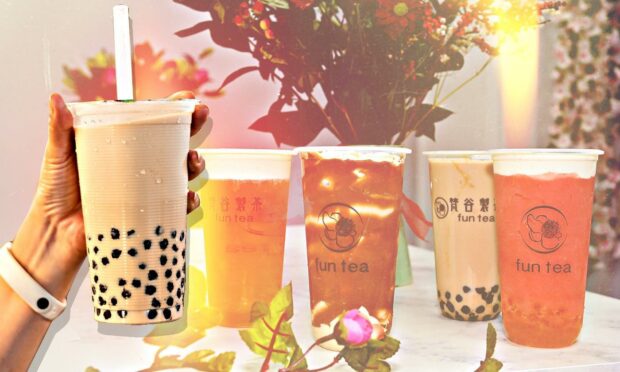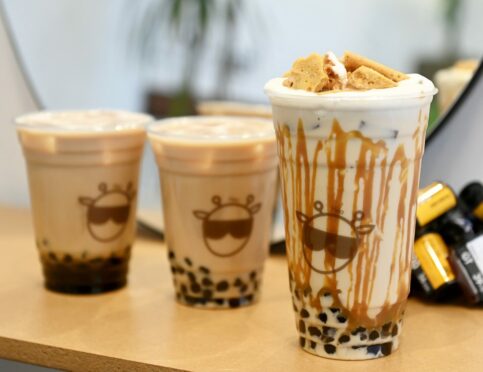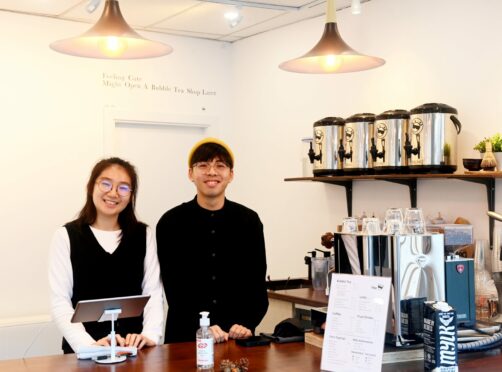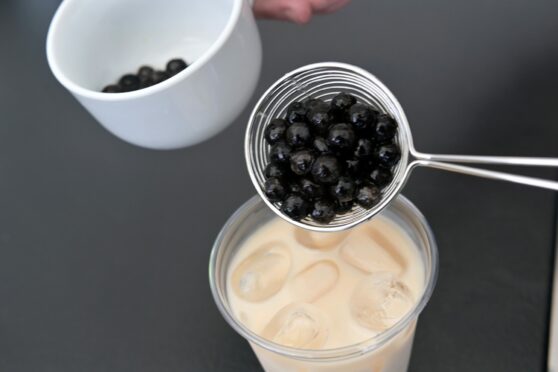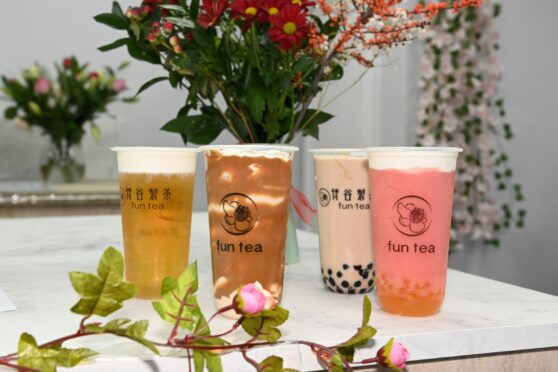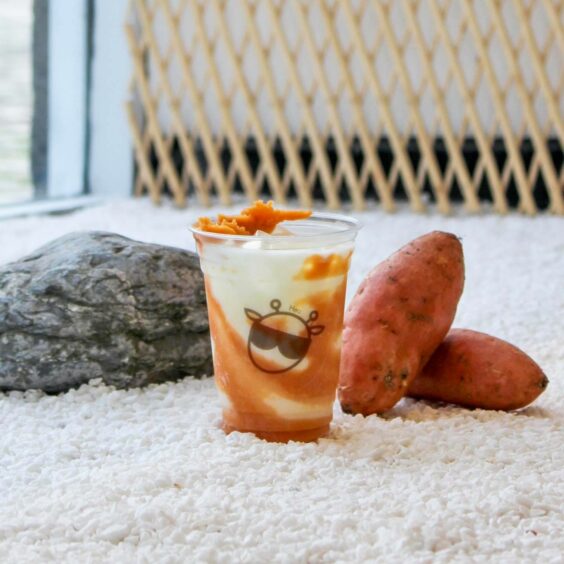Why is the bubble tea market booming? What’s the hype? Where can I get my hands on it locally? Come to think of it, what actually is bubble tea?
These are all the questions that I (and I am sure a lot of you) have been asking recently.
This time last year I hadn’t heard of or come across bubble tea. But as soon as I did on social media I haven’t stopped seeing it since.
While there are a number of cafes and coffee shops adding a variety of different flavours of the tea-based drink to their menus, bubble tea shops have continued to open throughout Aberdeen.
Hea on Castle Street, Tchit on King Street and Fun Tea on Back Wynd are among them.
It’s great news for the city’s thriving food and drink scene but for those of us that don’t have the faintest idea about bubble tea, well, we may not realise what we’re missing out on.
Bubble tea origins
Karen Choy, 24, and Ringo Lee, 22, owners of Hea, were born and raised in Hong Kong and know the ins and outs of the tea-based drink.
They launched their business from home in January 2020, delivering to areas new Aberdeen University and finally opened their first premises in September 2021.
Karen, who currently lives in the city centre, said: “There is still an argument between two restaurants in Taiwan on who was the first putting tapioca pearls (black, starchy and chewy balls) into milk tea made from tea, milk powder and sugar syrup in 1990s.
“Tapioca pearls are made from a root plant called tapioca.
“People use the dehydrated starch powder to shape it into a ball shape, then it is cooked for a certain time to create the chewy texture. The black colour is from the brown sugar added in for flavouring.”
Ringo added: “At first, bubble tea (also known as boba tea) defines milk tea with pearls. But recently, it is also defined as a tea drink that contains bubble toppings, such as tapioca pearls, jellies and popping boba.
“In Asia, bubble tea is mainly representing milk tea with pearls which can let you drink while eating at the same time.”
What does it taste like?
The sweet milk tea is smooth, thick and aromatic, while the tapioca balls are often described as chewy.
While bubble tea is usually preferred when served cold, even during the winter period, a warm option is available in the UK due to the difference in weather.
It can be customised in a number of ways.
Karen said: “You can make the bubble tea your cup of tea.
“Consumers can modify the sweetness and ice level based on their preferences.
“However, it also mainly depends on the shop’s recipe so it is always recommended to go for a regular/100% if it is your first visit to a bubble tea shop as someone with a sweet tooth.
“Or a half/50% is recommended if you are okay with something sweet but not overly sweet.
“People visit their favourite stores by preferences. Some prefer a stronger tea aroma, some look for the varieties on a menu and some crave sweetness.
“The bubble tea has become a new choice of comfort food which can please stressful people.”
Why so popular?
There are now two main streams of bubble tea gaining in popularity in the UK, including the original milk tea with pearls and fruity tea with popping boba.
But why are they becoming so popular?
Ringo believes a lot of this is down to social media platforms like TikTok.
On the platform, over three billion people have watched videos with #bubbletea in the caption, while some bubble tea videos have as many as six million likes.
“There was a chain called Bubbleology in London which brought fruity tea drinks with edible toppings to the UK,” he said.
“People browsed the internet more regularly during the pandemic, particularly TikTok.
“Bubble tea is one of the famous trends on it as shops were closed and people had to find ways of making their own at home.”
Use our map to find where you can get your hands on bubble tea in the north-east
